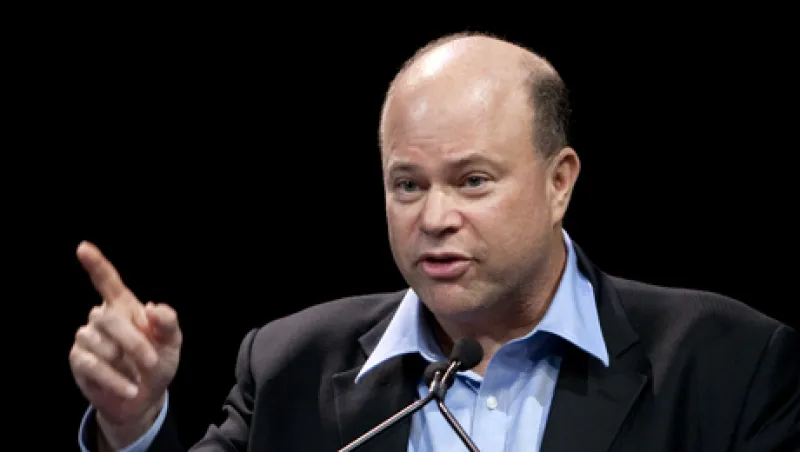To the uninitiated, David Tepper might seem to have turned super bearish on the stock market last year.
For one thing, the founder of Appaloosa Management gave back more than $2 billion to investors, according to sources.
As a result, he entered the year with $11.75 billion, down from $15 billion a year earlier.
In addition, according to 13F filings, Appaloosa drastically pared its equity portfolio from more than $4 billion at the end of the second quarter to $1.5 billion in September to a measly $765,000 by year-end.
But on closer inspection, these moves do not suggest bearishness on the part of Tepper, one of the hedge fund world’s most unconventional investors.
Tepper has twice followed 25 percent losses in one year with triple-digit gains the following one, including in 2009 when he was one of the first fund managers to buy the beaten down stocks of banks.
Tepper also almost single-handedly moved the markets when he correctly said in late September 2010 that Federal Reserve policy at the time would make “everything” go up.
So what about the return of capital last year? Unlike many other firms, Tepper has never sought to gather assets and become one of the largest hedge fund firms. His goal is to maximize returns, not the 1 percent fee.
In fact, he has returned capital several times when he felt his funds had gotten too big, including 2010 when he returned $500 million. His assets under management at the end of 2011 were nearly identical to where they stood at the end of 2009.
As for the puny stock portfolio, you might think this would position him for a lousy January, when the S&P 500 climbed 4.4 percent, its best first month in 15 years.
As it turns out, Appaloosa had a great January, rising by more than 6 percent. Tepper will not comment on how he achieved this surprising result. But its seems only logical to conclude that he was long the market indexes, through futures and options, or that he loaded up on individual equities in January.
With the 13F filed on a 45-day delay, we won’t know for sure what he did in January until around May 15. And this is assuming that whatever stocks he bought in January he still held on March 31, the end of the quarter.
To be sure, Tepper was down 3 percent in 2011. But given his exposure to big banks, he might have done a lot worse. Unlike fellow bank investor John Paulson, who remained bullish and wound up losing 25 percent to 50 percent on many of his funds, Tepper starting trimming his holdings in the first quarter. His largest holdings at the beginning of 2011 were Citigroup, Bank of America and Wells Fargo, among other banks, but he was mostly out of those stocks by the end of the third quarter.
What’s more, Tepper did better than the average hedge fund, which lost between 4 percent and 5 percent last year.







